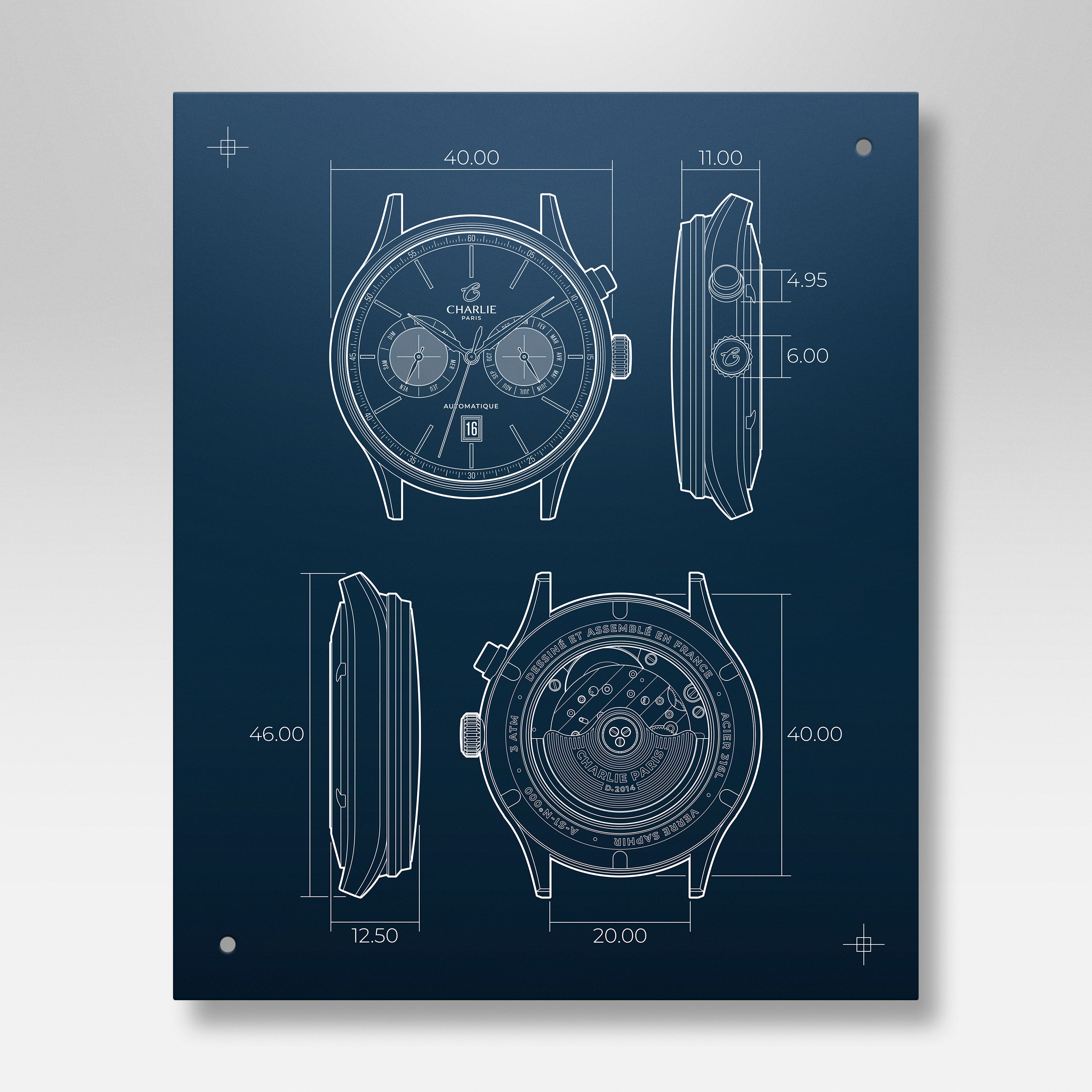
Why is the Greenwich meridian the reference meridian?
The term GMT, Greenwich Mean time, dates back to 1675. It was not until 1880 that Greenwich was adopted as the world's legal time. Greenwich is now the world reference time, but where does this standard come from? We will explain it all to you through this article.
GMT, "Greenwich Mean Time": meaning
The term GMT, "Greenwich Mean time", refers to the Greenwich Mean Time and dates back to 1675. At that time, establishing a mean time in a given village was to help sailors determine their longitude at sea. The Royal Observatory in Greenwich, London, helped British sailors calculate their longitude relative to the Greenwich meridian. The acronym GMT stands for Greenwich Mean Time, the meridian crossing the Royal Observatory of Greenwich in England. Although many railway companies gradually adopted Greenwich Mean Time, as did the Railway Clearing House in 1847, it was not until 1880 that it was accepted as legal time in the United Kingdom.
In common language, the acronym GMT defines the mean solar time at the Greenwich meridian. This mean solar time was used for a long time as a time reference in the world, before being gradually replaced by UTC, the Universal Time Coordinated. The acronym GMT is still commonly used today as a synonym for time zone. In watchmaking, the acronym GMT is used to designate watches that indicate on the dial, thanks to an additional hour hand, a second time zone, i.e. the exact time of a city located in another time zone, without necessarily being that of Greenwich.
The birth of Greenwich time
From the average time of a fishing village to the reference time, Greenwich time was born. However, at that time, no division of the world into time zones had really been proposed. Each nation defined its time according to the path of the sun in the sky: when it reached its highest point, it was noon. Many cities proposed themselves to become the world meridian of reference, notably London with the Greenwich district and Paris, with the Saint-Sulpice district.
Finally, on August 2, 1880, after negotiations, Greenwich was adopted as the world legal time. Since then, Greenwich Mean Time has served as the world's time reference for most of the 20th century. If London has won the time battle, it seems that the city of light has won the watchmaking war, as its walls contain many famous master watchmakers, including Charlie Paris!
The Greenwich meridian put to the test by science
But think again! Recent studies have made some astonishing revelations: The "prime meridian" (supposed to mark zero longitude by convention) is shifted 102.5 meters to the west from what should be its position. Thus, Greenwich would not be located at longitude 0 but at longitude 00° 00′ 05.3. Today the correct term for GMT is UTC. UTC is an even more accurate time than GMT! Find out by visiting our watch blog, where UTC time comes from and how it is calculated.











Leave a comment
This site is protected by hCaptcha and the hCaptcha Privacy Policy and Terms of Service apply.